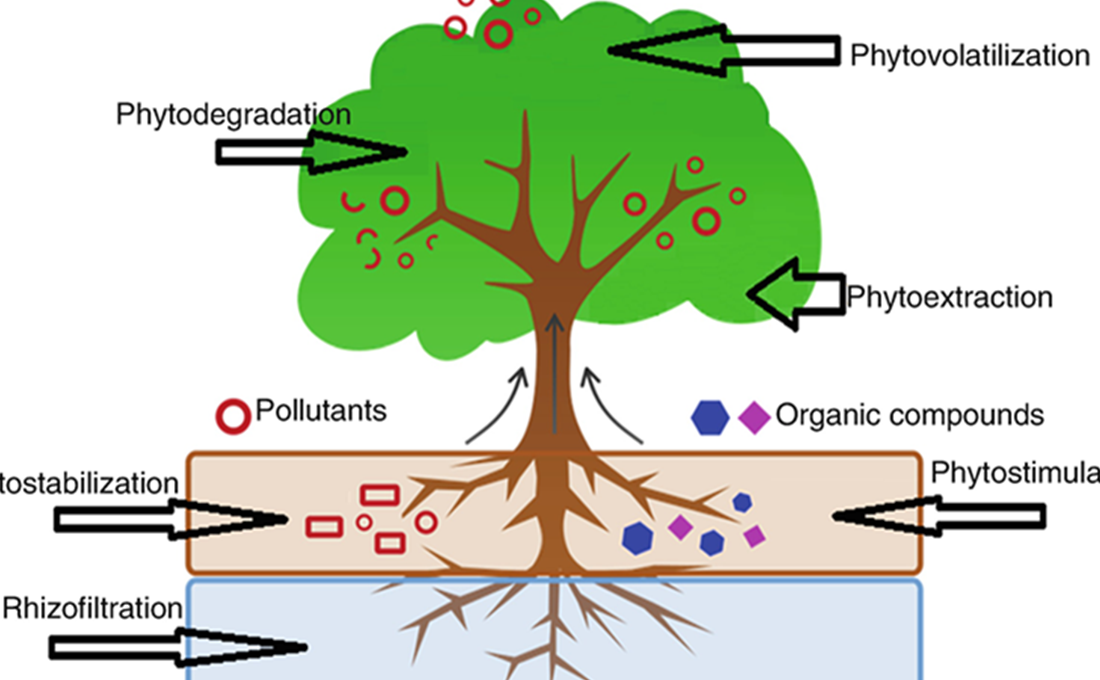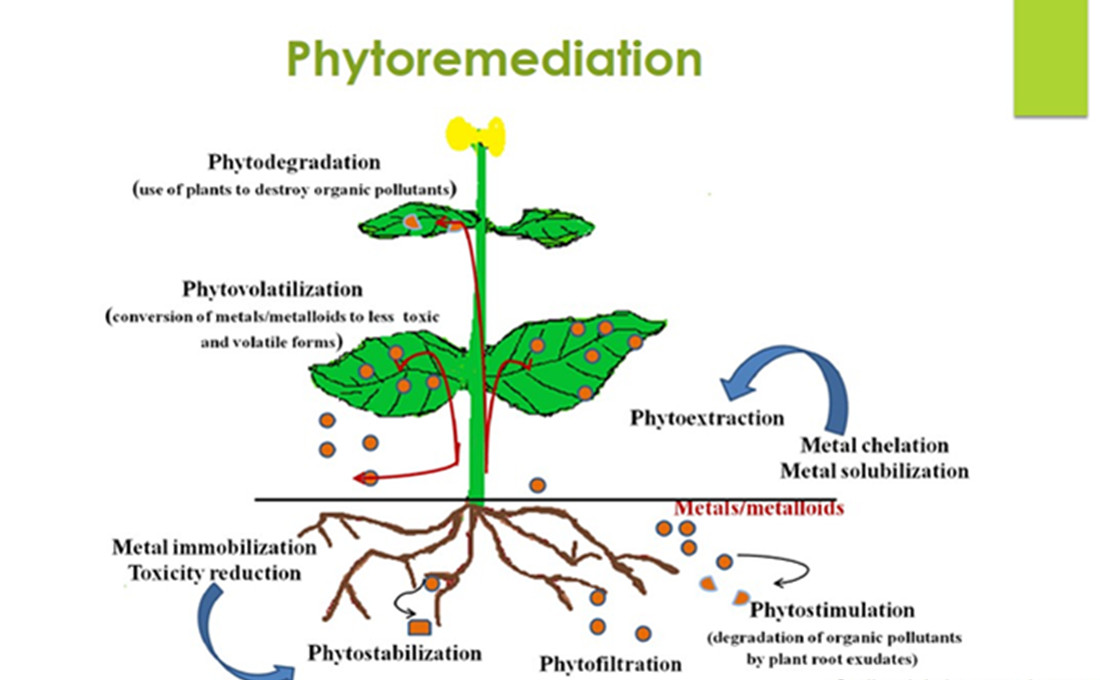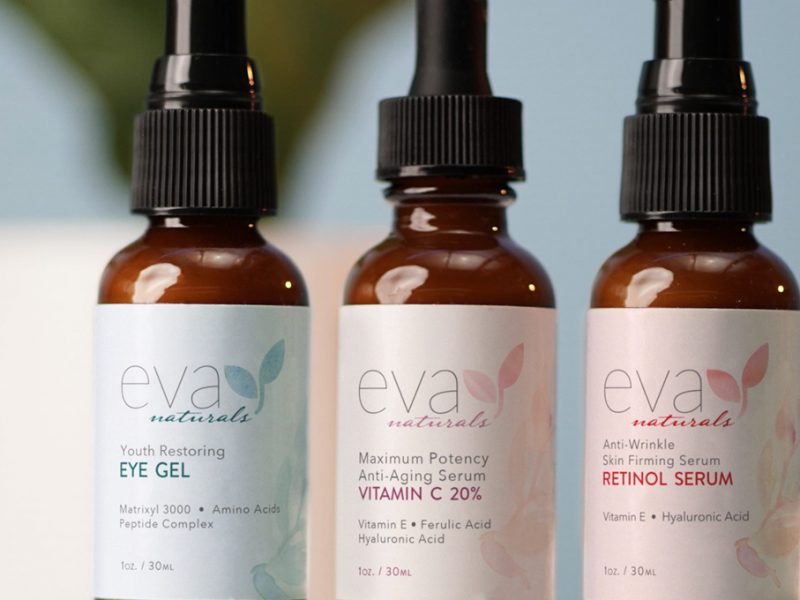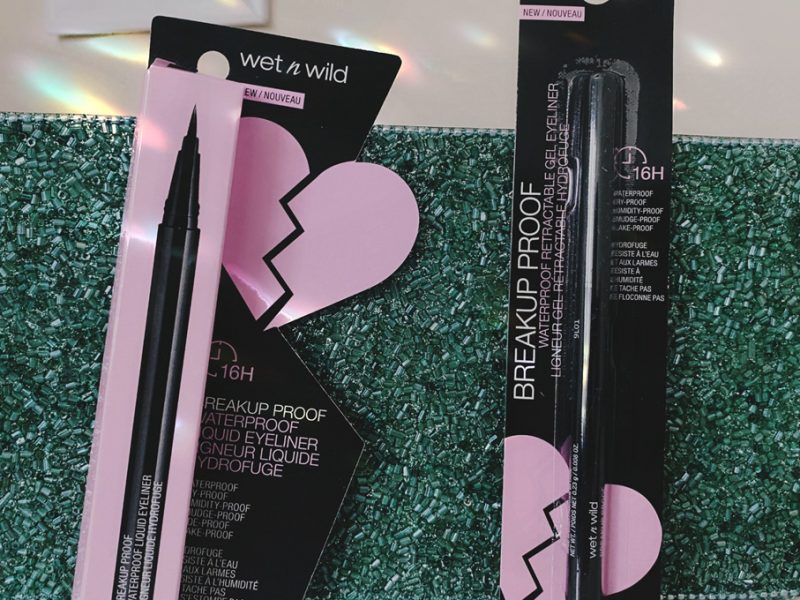All around the world, there is a lot of soil toxicity. This is a problem because when it makes its way into the groundwater, people can’t drink from it or use it for farming. Scientists are working on a solution-phytoremediation. In phytoremediation, plants are used as a filter for pollutants like pesticides and heavy metals, and toxic chemicals in the soil that would otherwise damage our water supplies. If you want to make your own, check out this post from Aveda and follow along with these easy steps!
WHAT IS PHYTOREMEDIATION?
Phytoremediation is the process of using plants as a filter for pollutants like pesticides and heavy metals and toxic chemicals in the soil that would otherwise damage our water supplies. Plants are placed in an area with contaminated soil. The plants take up the contaminants, which are then processed by the plant’s root system and other parts of the plant. The plant’s leaves can also contribute to phytoremediation.
 The most common way to do this is to grow plants on top of a polluted site. The roots will eventually infiltrate the ground and break down contaminants into nutrients for the plant. This process can take several years, but it is still worth it because most plants need little maintenance during that time.
Another way phytoremediation can be done is by growing plants around an area where you want to affect pollution levels in your environment, such as a well or a swimming pool or stream. You can even grow them in a pathogen-infected area like an abandoned building or landfills.
HOW TO MAKE YOUR OWN AVEDA PHYTOREMEDIATION
Step 1: Purchase a small plant that can grow in your tank.
Step 2: Fill the reservoir with water and your chosen plant.
Step 3: Add soil or peat moss to the bottom of the reservoir to help filter the water.
Step 4: Get some stones and place them on top of the growing medium at different levels.
Step 5: Place a bag of potting mix on top of the stones in an attempt to increase oxygenation.
Step 6: Place a poly-fil layer around the stone to further increase oxygenation.
Step 7: Lastly, add more rocks or create more space around your plants by adding pebbles or sand.
CONCLUSION
Phytoremediation is the process of using plants to remove toxins and pollutants from the soil. Plant roots are said to be able to extract certain metals from the soil more effectively than microbes and it is possible to mix the plant’s root system with the soil to speed up the process.
The most common way to do this is to grow plants on top of a polluted site. The roots will eventually infiltrate the ground and break down contaminants into nutrients for the plant. This process can take several years, but it is still worth it because most plants need little maintenance during that time.
Another way phytoremediation can be done is by growing plants around an area where you want to affect pollution levels in your environment, such as a well or a swimming pool or stream. You can even grow them in a pathogen-infected area like an abandoned building or landfills.
HOW TO MAKE YOUR OWN AVEDA PHYTOREMEDIATION
Step 1: Purchase a small plant that can grow in your tank.
Step 2: Fill the reservoir with water and your chosen plant.
Step 3: Add soil or peat moss to the bottom of the reservoir to help filter the water.
Step 4: Get some stones and place them on top of the growing medium at different levels.
Step 5: Place a bag of potting mix on top of the stones in an attempt to increase oxygenation.
Step 6: Place a poly-fil layer around the stone to further increase oxygenation.
Step 7: Lastly, add more rocks or create more space around your plants by adding pebbles or sand.
CONCLUSION
Phytoremediation is the process of using plants to remove toxins and pollutants from the soil. Plant roots are said to be able to extract certain metals from the soil more effectively than microbes and it is possible to mix the plant’s root system with the soil to speed up the process.
 The most common way to do this is to grow plants on top of a polluted site. The roots will eventually infiltrate the ground and break down contaminants into nutrients for the plant. This process can take several years, but it is still worth it because most plants need little maintenance during that time.
Another way phytoremediation can be done is by growing plants around an area where you want to affect pollution levels in your environment, such as a well or a swimming pool or stream. You can even grow them in a pathogen-infected area like an abandoned building or landfills.
HOW TO MAKE YOUR OWN AVEDA PHYTOREMEDIATION
Step 1: Purchase a small plant that can grow in your tank.
Step 2: Fill the reservoir with water and your chosen plant.
Step 3: Add soil or peat moss to the bottom of the reservoir to help filter the water.
Step 4: Get some stones and place them on top of the growing medium at different levels.
Step 5: Place a bag of potting mix on top of the stones in an attempt to increase oxygenation.
Step 6: Place a poly-fil layer around the stone to further increase oxygenation.
Step 7: Lastly, add more rocks or create more space around your plants by adding pebbles or sand.
CONCLUSION
Phytoremediation is the process of using plants to remove toxins and pollutants from the soil. Plant roots are said to be able to extract certain metals from the soil more effectively than microbes and it is possible to mix the plant’s root system with the soil to speed up the process.
The most common way to do this is to grow plants on top of a polluted site. The roots will eventually infiltrate the ground and break down contaminants into nutrients for the plant. This process can take several years, but it is still worth it because most plants need little maintenance during that time.
Another way phytoremediation can be done is by growing plants around an area where you want to affect pollution levels in your environment, such as a well or a swimming pool or stream. You can even grow them in a pathogen-infected area like an abandoned building or landfills.
HOW TO MAKE YOUR OWN AVEDA PHYTOREMEDIATION
Step 1: Purchase a small plant that can grow in your tank.
Step 2: Fill the reservoir with water and your chosen plant.
Step 3: Add soil or peat moss to the bottom of the reservoir to help filter the water.
Step 4: Get some stones and place them on top of the growing medium at different levels.
Step 5: Place a bag of potting mix on top of the stones in an attempt to increase oxygenation.
Step 6: Place a poly-fil layer around the stone to further increase oxygenation.
Step 7: Lastly, add more rocks or create more space around your plants by adding pebbles or sand.
CONCLUSION
Phytoremediation is the process of using plants to remove toxins and pollutants from the soil. Plant roots are said to be able to extract certain metals from the soil more effectively than microbes and it is possible to mix the plant’s root system with the soil to speed up the process. Hi~Living Deals from "Lucky Brand"



